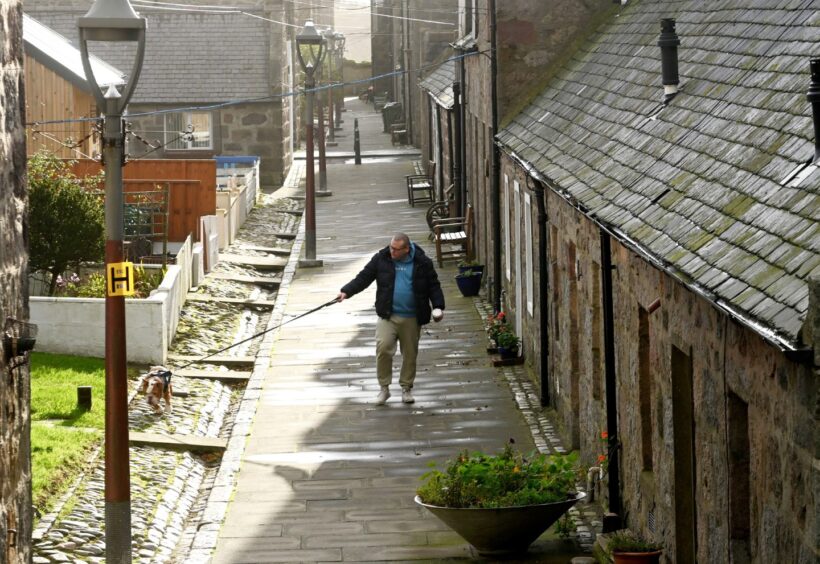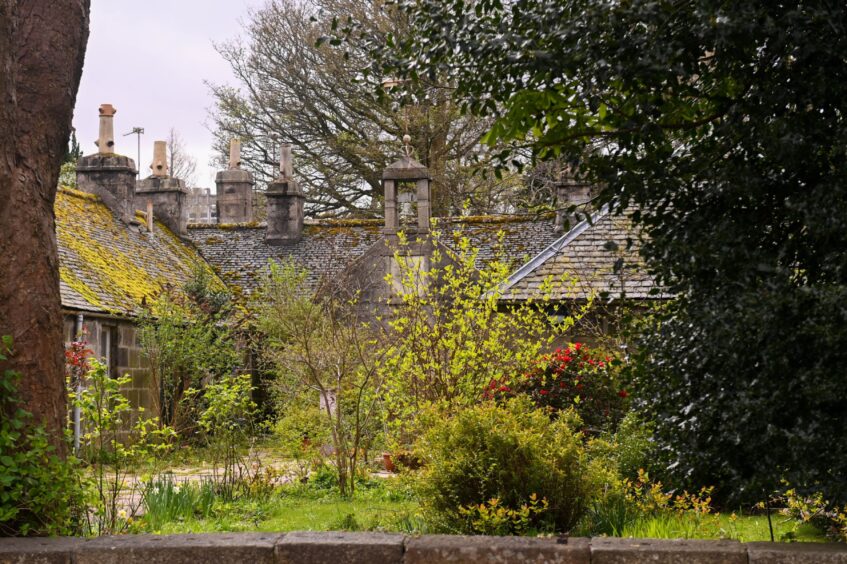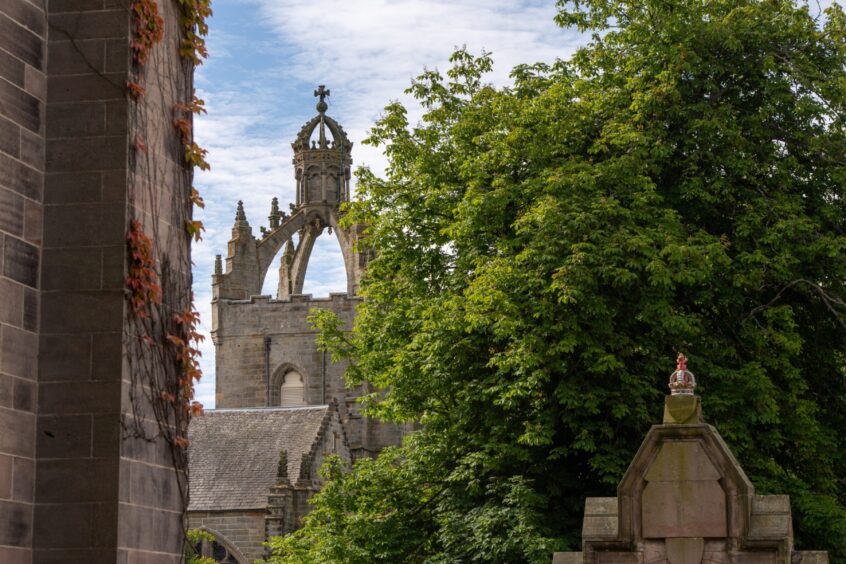We never imagined that the North Coast 500 tourist highway might stretch eventually all the way from north of Inverness to the historical fishing village of Fittie in Aberdeen.
But it has, in a way.
Don’t worry, it’s not become the biggest road construction project in Scotland overnight.
Don’t be silly; under the Scottish Government we can’t even get full dualling along the A96/A9 roads linking Inverness with Aberdeen and Perth.
And that’s despite almost two decades of double-speak and false promises by successive SNP administrations.
The late Alex Salmond once famously said that it was “a matter of honour” that dualling was completed across north and north-east communities.
We know what became of that: the project was parked like a broken-down bus in an obscure bureaucratic layby.
It also brought dire warnings that if granted, such a precedent could open the floodgates to similar conversions in the Aberdeen seaside village – and eventual ruination.
More holiday camp than a residential village.
Paving the way, some say, to negative visitor vibes similar to those suffered by communities beside the NC500 tourist trail in the far north.
Some residents claim NC500 is now an “out of control monster” damaging their daily lives despite attracting wealthy visitors from around the world to the local economy.
Fittie, one of the oldest settlements in the Granite City, is no stranger to tourism.
This quaint, quirky little village at the entrance to Aberdeen harbour is already a tourist magnet: residents see lots of visitors gawping through their windows as they stream past.
Now it’s even more of an attraction as Aberdeen’s new cruise port is just a hop and a skip away, and in full flow with passengers teeming ashore.
So, is it any surprise that other tourists might quite like the idea of actually staying in Fittie for a few nights, too?
The problem, of course, is that such a step does inevitably change the community dynamic.
For better or worse is the question.
What’s more important, tourism or communities?
You can appreciate neighbours might fear transient “here today, gone tomorrow” outsiders flooding in with no affinity to the community, maybe having a few drinks and letting their hair down in the dead of night.
Councillors face a delicate balancing act between either throwing a protective ring around this important historical site or throwing in the towel, in response to an increasing desire to expand tourism opportunities and revenue.
Critics in Fittie have pointed to poor tourist experiences shared by some of those living near NC500 as a salutary lesson for councillors who have to decide this application’s fate.
But opponents trying to protect Fittie from this kind of economic “progress” should also look to a shocking precedent much closer to home in another quaint and ancient Aberdeen settlement.
In Old Aberdeen, also one of the city’s original historical settlements, where medieval stone boundary signs, which can be traced back to Robert the Bruce still mark the route through part of the district.
Now it’s marked – or scarred – by waves of HMOs (Houses in Multiple Occupation) for students at Aberdeen University.
In some of these roads I believe the percentage of HMOs – in converted once-residential flats and houses for families – have reached a saturating 90%.
We should learn lessons from other areas when it comes to Fittie airbnbs
Some streets feel soulless, as though they have been simply absorbed into the university campus.
The historical quaintness and community spirit have been seemingly trashed by past city council and university handiwork.
A high percentage of the student population in Old Aberdeen is also transient with no natural affinity for the community, or what’s left of it.
Unlike the Fittie scenario, they are not tourists, yet constitute large numbers of temporary visitors whose roots lie elsewhere.
I did read somewhere that Aberdeen was trying to put the lid on the proliferation of HMOs, but I might have dreamed that.
I thought they were trying to slow down new HMO licences or not renew old ones, but maybe that was just wishful thinking.
The damage is done; the genie is out of the bottle.
You can’t really switch an influx of tourists or students on and off like a tap.
That approach reminds me of celebrities or public figures courting publicity one minute and then rejecting it the next.
You either embrace it or put up the shutters.
We now hear how some of the best-known tourist attractions in the world are introducing restrictions to curb visitor numbers.
It might be too late to address social issues around the NC500 and Old Aberdeen.
But lessons from what went wrong there should be used to get things right with places like Fittie – in a controlled way rather than a haphazard free-for-all.
David Knight is the long-serving former deputy editor of The Press and Journal




Conversation